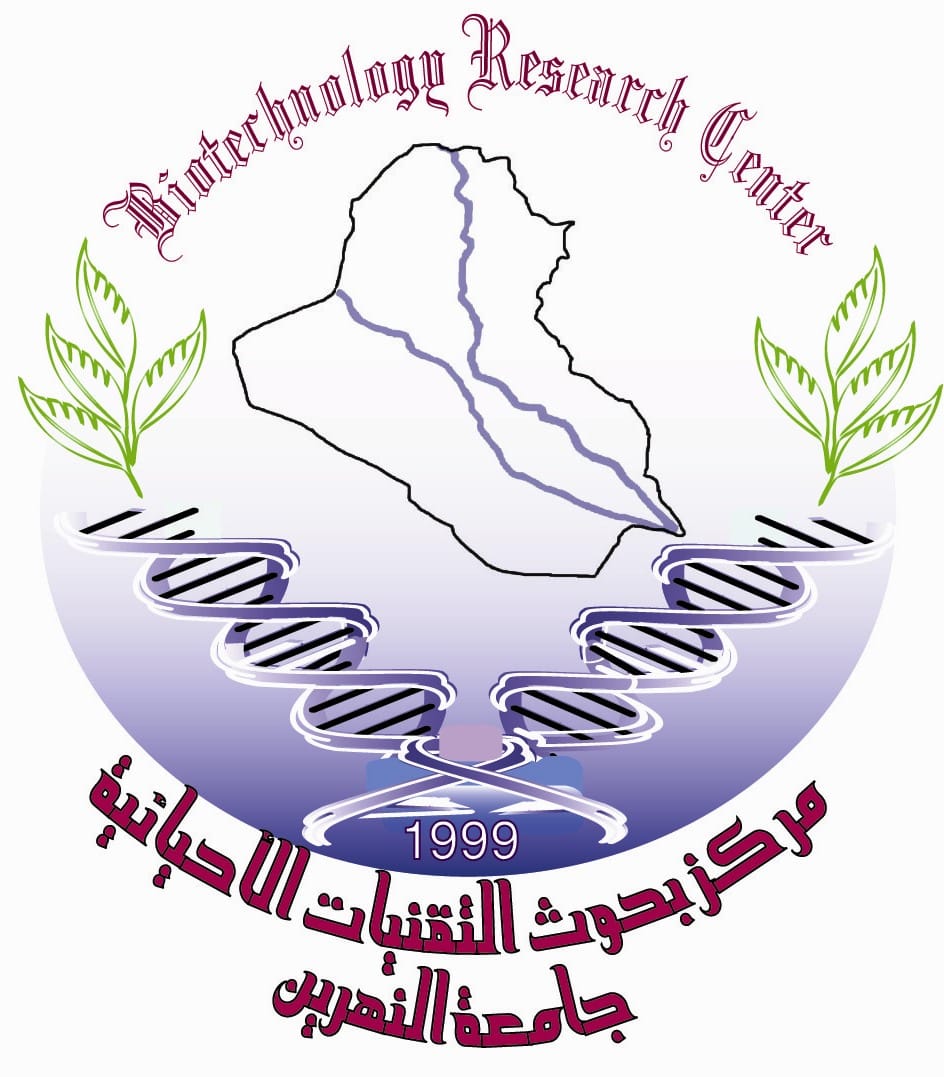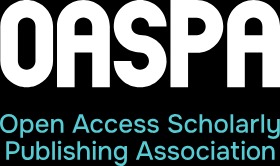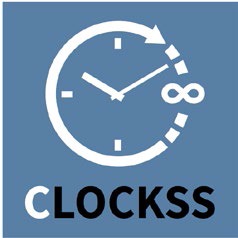Effects of Hair dyes on Sequence Analysis of Hair Mitochondrial DNA Hypervariable Region 1
DOI:
https://doi.org/10.24126/jobrc.2017.11.1.505Keywords:
Biological hair sample, Mitochondrial DNA, human identification, degraded samplesAbstract
Hair can be a valuable source of DNA especially in forensic casework and for noninvasive studies of human, when blood samples not available. This study emphasizes the impact of hair dyes on DNA sequence analysis. Samples collected from forty Iraqi families; each sample was divided in to two parts hair follicles and hair shaft. DNA extracted by using two different techniques, Phenol-chloroform (organic) method and prepFiler forensic DNA extraction kit. After quantification of DNA by real time PCR to confirm the exact DNA yield, Mitochondrial DNA (MtDNA) hypervariable region 1 successfully amplified from (50% of samples include hair follicle and 20% samples include shaft only), which all extracted by organic method. Whereas by using prepFiler kit the ratio of amplification success reach to 95% of samples included hair follicles, but there wais no DNA outcome from hair shaft by using this kit. Our results demonstrate that treated hair by dyed or henna had a significant influence on the sequence analysis results. Organic method was an appropriate method for extraction DNA from hair shaft, since this method used for extracting the old and degraded samples. While prepFiler DNA extraction kit was more convenient for isolation DNA from, hair samples included follicles only with excellent result.
Downloads
Published
How to Cite
Issue
Section
License
This is an Open Access article distributed under the terms of the creative commons Attribution (CC BY) 4.0 license which permits unrestricted use, distribution, and reproduction in any medium or format, and to alter, transform, or build upon the material, including for commercial use, providing the original author is credited.











